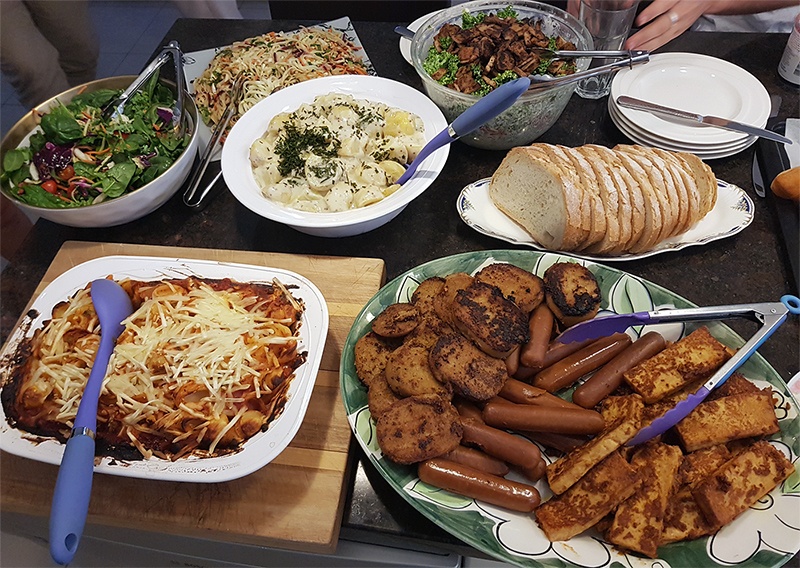Where Do You Get Your Vegan Protein?
One of the most common questions vegans get is ‘where do you get your protein?’
Animal foods such as meat and eggs are viewed by many as the protein ‘gold standard’.
Plant foods, on the other hand, are often seen as deficient and lacking in ‘complete’ protein.
If you consume enough calories from a variety of whole plant foods, you will get enough protein. Even mainly carbohydrate foods such as bananas, potatoes and rice have 5, 8 and 9 percent respectively of their calories as protein.
Julieanna Hever, The Plant Based Dietitian advises that protein “is one of the three macronutrients we need to attain from our diet. Protein is involved in virtually all of the body’s structural and functional mechanisms. All of our cells contain protein and it constitutes the building blocks of muscles, hair, nails, organs, skin, tendons, ligaments, enzymes, membranes, some hormones, hemoglobin, antibodies, enzymes, and much more.”
Plant-food Protein Superstars
The real plant–food superstars of protein are beans, legumes, nuts, and seeds.
For example, lentils have 36 percent of their calories as protein. Leafy green vegetables have almost half their calories from protein.
Soybeans and its by–products such as soybean curd, or tofu, are high in protein, which has all essential amino acids.
To get enough protein, you should have at least 3–5 servings a day of vegetables, legumes, beans and whole grains.
As vegan dietitian, Amanda Benham explains, “Protein is an important nutrient for growth and has many functions throughout the body, including being a major component of muscles. Protein is composed of substances called amino acids. There are 22 different amino acids but only 8 of these are considered essential as our bodies cannot make these and so these need to be provided in our diet.”
Skeptical that plant–based foods can provide you with enough protein?
Think about the sheer bulk and muscle power of such plant—eaters as gorillas, elephants and rhinos.
In the human race, consider the ultra–fit vegan athletes that don’t rely on any animal products for their super–human achievements.
These include herbivore strongman Patrik Baboumian, former professional Ironman triathlete and two-time Canadian 50km Ultra Marathon Champion Brendan Brazier, and American MMA (mixed martial arts) and UFC fighter Mac Danzig.
Dr Michael Greger from Nutrition Facts tells us that “plant protein is preferable to animal protein because food is a package deal. Plant protein has been associated with lower rates of heart disease and lower cholesterol.”
Patrik Baboumian, an Armenian–German with 50–cm biceps, was quoted regarding his change to a vegetarian, then later vegan diet:
“I was amazed by the great gains in lean body-mass and strength I got with the meat-free diet,” says Patrik.
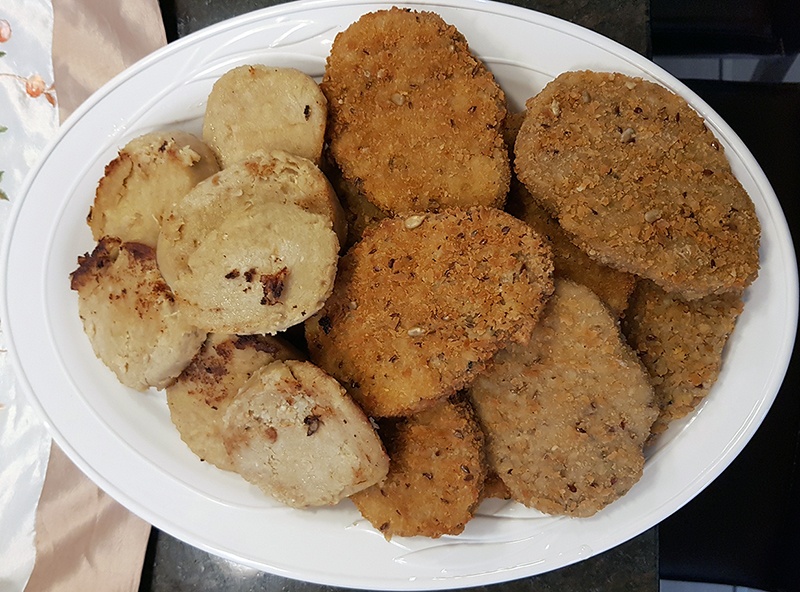
How Do You Get Enough Vegan Protein?
When planning your meals, you want to get enough protein, right?
Maybe you’re working out a lot. Or, maybe you just want to make sure you have enough protein to fuel your muscle gain and fat loss, as we’ve often been told to.
Contrary to fad-diet lore, consuming extra protein won’t necessarily lose you more weight.
A low-carbohydrate diet on the other hand, can reduce the performance of athletes, and reduce the fuel muscles need to work efficiently.
People in western countries like Australia tend to consume more protein than they need. Deficiencies are rare, if not non-existent.
According to nutrition experts like Dr Garth Davis, author of Proteinaholic we have an unhealthy obsession with protein – especially animal protein.
Dr Davis makes the bold claim that “the science shows that our protein obsession may be one of the main causes for the rise we are seeing in obesity, cancer, diabetes, hypertension, and heart disease…Protein very well may be to blame for our poor health!”
Here’s the good news. It is easy to get enough protein from plant food sources, including beans, legumes, whole grains, nuts and seeds.
My Top 5 Vegan Protein Foods
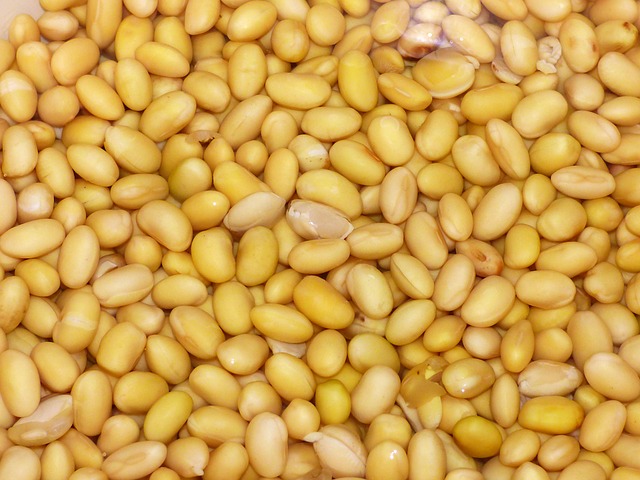
1. Soybeans – a ‘complete’ protein source, which means they contain all the essential amino acids (building blocks of protein) that humans need. The super soybean is:
- High in fibre
- High in protein
- Low in saturated fat
- Cholesterol-free (an analysis of 38 clinical trials found that 31-47 grams or 2- 3 serves of soy protein can reduce blood cholesterol levels by as much as 20%)
- Lactose-free
- Good source of omega-3 fatty acids
- High in phytoestrogens (it is thought that a soy-rich diet helps reduces menopausal symptoms such as hot flushes because phytoestrogens act like a mild form of hormone replacement therapy)
Your meal planning should include common soy foods such as soy milk, edamame , tofu, tempeh, and soy meat alternatives.
*Make sure you include lots of other types of beans in your diet, which are also great sources of protein, fibre and vitamins.
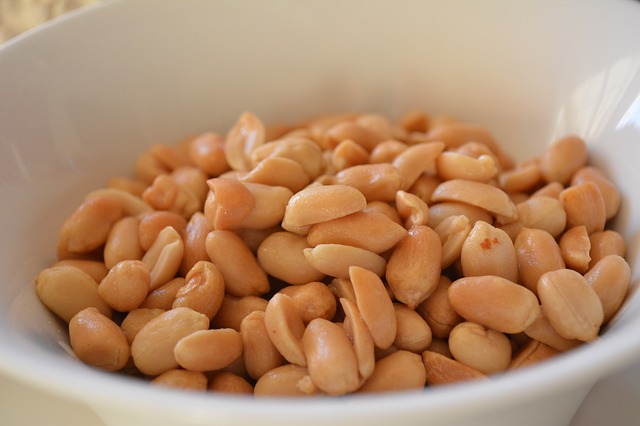
2. Peanuts (really a legume, related to lentils and chickpeas) are 25% protein (more than any other nut), and are rich in vitamin E, folate, fibre, monounsaturated fats, and antioxidants which protect cells from damage linked to heart disease and cancer.
You can have peanuts (raw unsalted is preferred) as peanut butter (I prefer natural peanut butter, with no additives), and in stir-frys, with peanut satay sauce.
*Remember, all nuts are healthy sources of healthy fats and protein. You should eat them sparingly (without added oil or salt) if you’re trying lose or maintain a healthy weight.
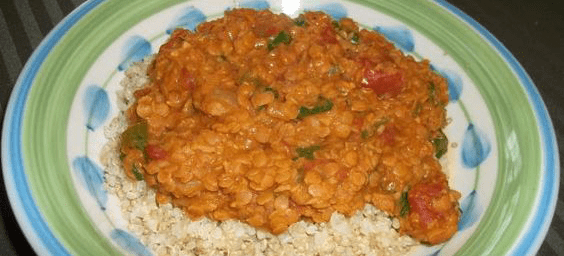
3. Lentils – with about 30% of their calories from protein, lentils have the third-highest protein level by weight of any legume or nut, after soybeans and hemp.
Lentils have been part of the human diet since Neolithic times, around 13,000 to 9,500 years ago.
Although deficient in 2 essential amino acids, they are also a good source of folate, fibre, iron, vitamin B1 and minerals. Cooked lentils can be used in soups, stews and curries (such as Dhal).
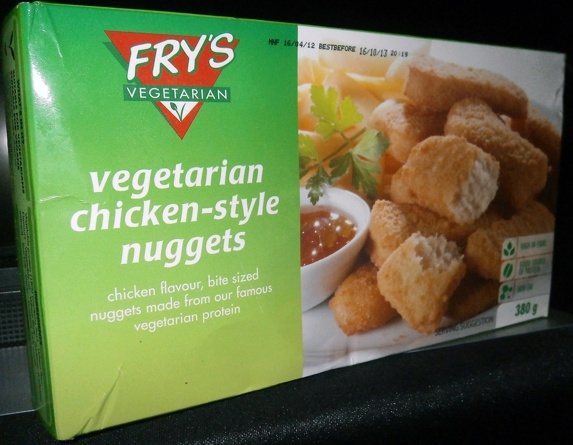
4. Wheat gluten – also known as seitan (‘say-tan’) or wheat-meat, is made from gluten, the protein component of wheat. Wheat gluten, which is about 14% protein, tends to have a stringy, chewy texture similar to meat, and so is often used in meat alternatives. Wheat gluten was developed in ancient China, as an alternative to meat by vegetarian Buddhist monks.
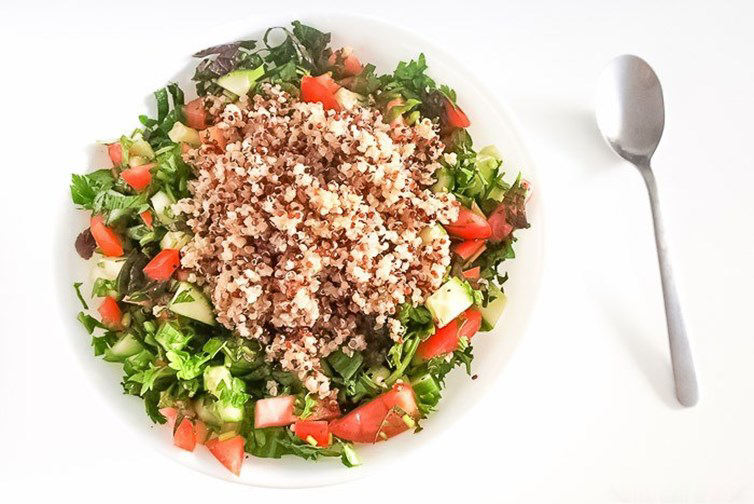
5. Quinoa (‘keen-wah’) – a staple of the ancient Incas, quinoa is a grain-like crop (quinoa is a ‘psuedo-cereal’ more closely related to beets and spinach).
With 18% protein, quinoa grains contain all essential amino acids as well as calcium, phosphorus, magnesium and iron.
Quinoa has a light, fluffy texture when cooked and a nutty flavour that makes it a good alternative to rice or cous-cous.
Vegan Protein is Easy to Get
Contrary to popular myth, it is really not difficult to get enough protein from plants – especially from healthy whole-plant foods.
As Plant Based Dietitian Julieanna Hever says:
“Humans need about 10 percent of calories from protein. Virtually all whole plant foods contain at least this amount, so if you consume enough volume and variety of whole plant foods, your protein requirement will easily be met.”
To you health and happiness,
Tom Perry

